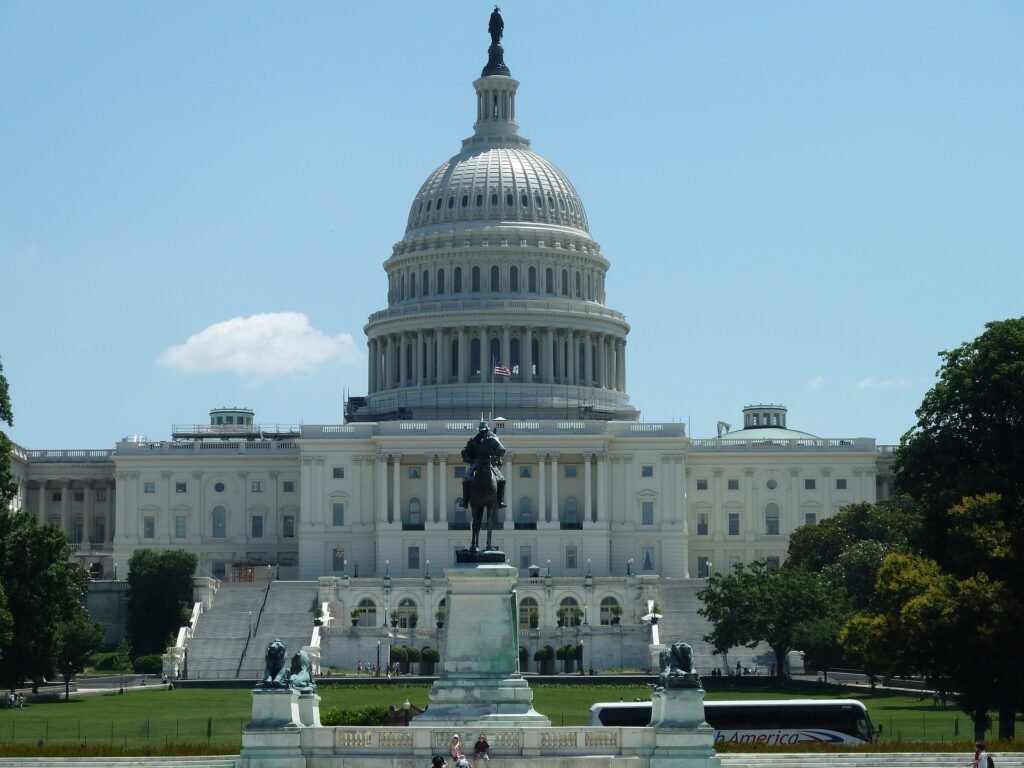
A Comprehensive Guide to Primaries and Caucuses
In the intricate dance of American democracy, the road to selecting a presidential candidate begins with a pivotal process known as “the primaries.” Unveiling the layers beneath this electoral curtain, we delve into the two distinct systems employed across states: the caucus and the primary.
Unveiling the Primary Process
A primary, akin to a traditional election, unfolds as eligible voters discreetly cast their ballots. Unlike city-specific events, a primary election spans every state and territory in the United States. Governed by state and local bodies, it mirrors the general election, ensuring the secrecy of the voting process. Each state or territory crafts its own set of rules and schedules for primary elections or caucuses, platforms designed to anoint candidates for the upcoming general election. Some states opt for closed primaries, exclusively permitting registered party members to vote, while others embrace open primaries, inviting participation from any registered voter.
Deciphering the Caucus Conundrum
Contrasting the primary, a caucus is a distinct gathering of supporters or members within a political party or movement. Unlike the discreet nature of primary ballots, a caucus unfolds as a local congregation where voters openly advocate for their preferred candidate. This format favours candidates with dedicated and organized followings, as a small but devoted group of volunteers can wield significant influence in the open setting of a caucus. In the U.S., the term commonly finds its place in the Iowa caucuses, the inaugural contests in the presidential nomination journey. Here, voters assemble to articulate their preferences for the party’s candidates, setting the tone for the primaries to follow.
States’ Dilemma: Primaries or Caucuses?
The choice between primaries and caucuses lies in the hands of individual states. While most states lean towards primaries, others, such as Iowa, Louisiana, Minnesota, and Maine, opt for the caucus system.
Unravelling the Electoral Process
Casting Your Vote: Primary or Caucus Style

In a caucus, party members convene physically to discuss candidates and engage in spirited debates before casting their votes, either through raised hands or group alignments. The manual counting of votes determines each candidate’s standing.
The Role of Delegates
Central to the electoral machinery are delegates, representing each state at the National Convention of their respective political party. These delegates are allocated to presidential candidates based on various state-level processes, ultimately influencing the party’s nominee selection. The method of delegate allocation varies, with some states employing a winner-takes-all approach, while others distribute delegates proportionally.
Delegate Allocation
Democratic primary/caucus delegates are proportionally allocated to the candidates based on their percent share of the vote.
Republican primaries/caucuses delegates are winner-take-all meaning that the winner of the contest takes all of the available delegates.
Proportional – Delegates are awarded based on the percentage of the vote received by candidates, or some formulation of dividing up the delegates
Winner Take All – All delegates are given to the winner of the contest
Winner Take Most – Some delegates are reserved for the winner, some may be divided proportionally
Unbound – Delegates are not bound to a specific candidate and can support any candidate of their choosing, varies by the state party organization
Diverse Primary Structures
Closed Primary
Exclusive to registered party members, this format prohibits independents from participating.
Semi-Closed
Similar to closed primaries, registered party members can vote within their party, but it also allows unaffiliated voters to partake.
Open Primary
Here, registered voters can participate in any party’s primary, regardless of their party affiliation, potentially leading to the phenomenon of raiding.
Semi-Open
In this system, voters need not publicly declare their party affiliation before voting, but they must request a specific party’s ballot upon entry.
Run-off
This format advances the top two candidates, irrespective of party affiliation, to the general election, triggered only if no candidate secures a majority in the initial round.
Mixed Systems
States like West Virginia exhibit variations between parties in determining whether primaries are open to independents, adding a layer of complexity to the electoral landscape.
As the wheels of democracy turn, understanding the nuances of primaries and caucuses becomes paramount. These varied processes shape the destiny of candidates and, ultimately, the nation’s leadership.
